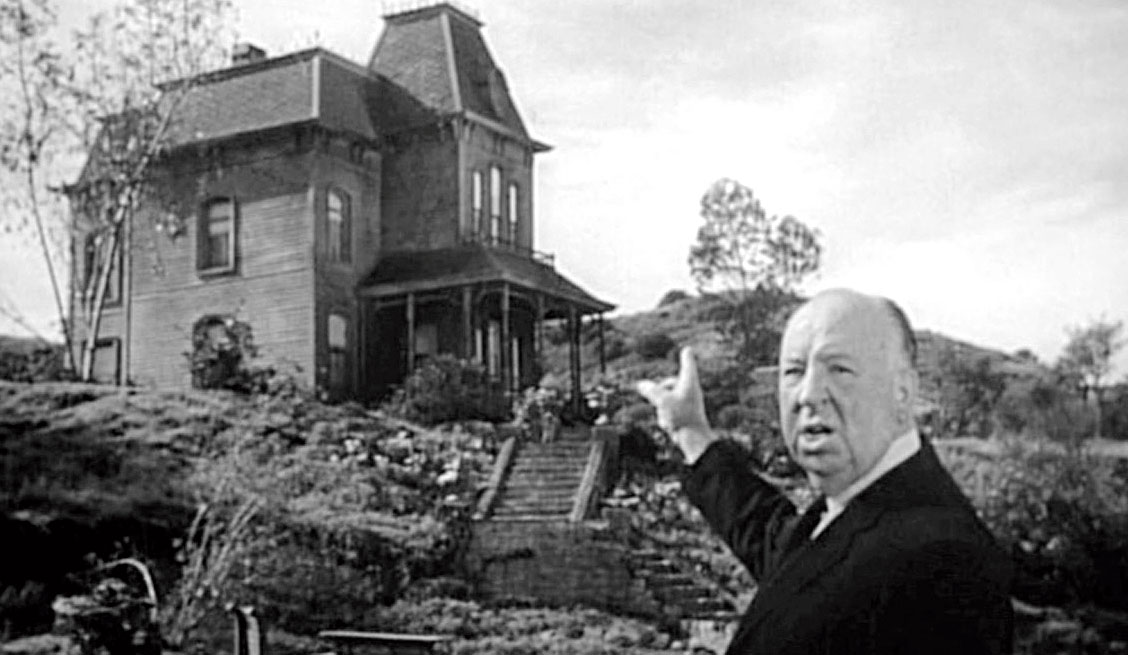Those who have had nightmares after watching Alfred Hitchcock’s 1960 psychological thriller, Psycho — especially the shower scene in which secretary Marion Crane (Janet Leigh) is repeatedly stabbed by motel owner Norman Bates (Anthony Perkins) dressed up as his “mother” — would do well to avoid the Annenberg Courtyard in front of the Royal Academy in London’s Piccadilly.
This is because the space has been used by the British artist Cornelia Parker to erect a slightly smaller than life size reconstruction of the house in Psycho.
People wandering into the Royal Academy are taken aback by the architectural work of art, Transitional Object (PsychoBarn), which has come to London after it was originally put up in 2016 “against New York’s iconic skyline” on the roof the Metropolitan Museum of Art.
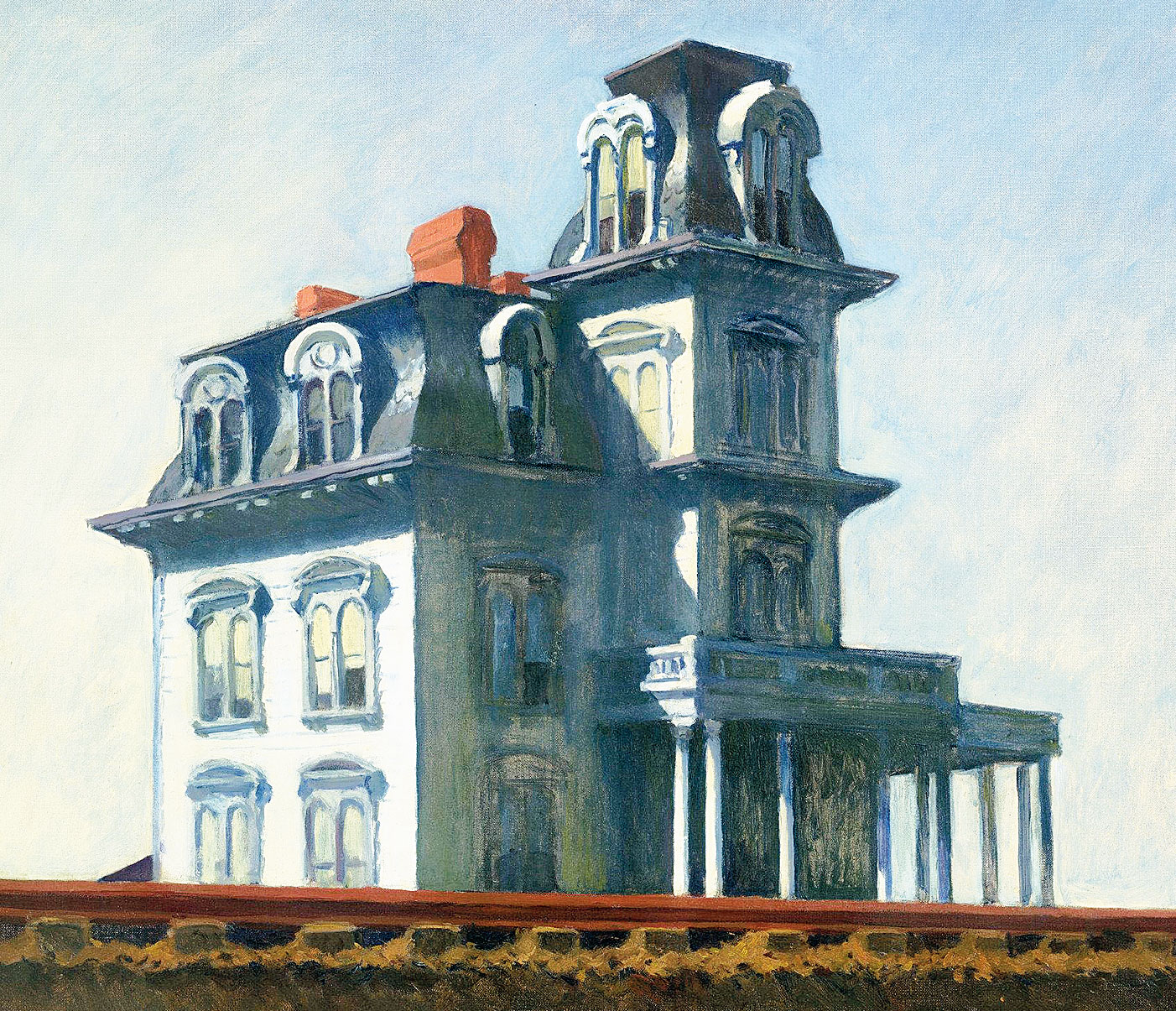
Edward Hopper’s 1925 painting, House by the Railroad Agencies
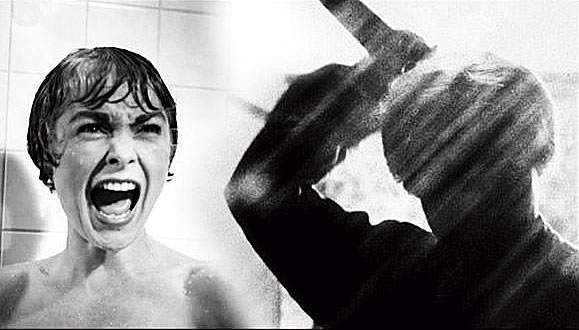
The iconic shower scene Agencies
An explanatory note says: “The design is based on the house in Alfred Hitchcock’s 1960 film Psycho, which in turn was modelled on a painting by Edward Hopper, House by the Railroad (1925).”
For Parker’s construction, “the found object is a key element. The components of a dismantled traditional American red barn have been appropriated; the planks of the long sidings becoming the house’s walls and its corrugated roof providing material for the roofing tiles”.
Emphasising the link between horror movie and architecture, the Royal Academy has announced: “With Cornelia Parker’s PsychoBarn in our courtyard, watch a special screening (on November 23) of the film that inspired it — followed by a talk with the Metropolitan Museum of Art curator, Beatrice Galilee, who originally commissioned the work, examining the psychological associations of the architecture in the film.”
It adds: “Psycho is a thriller illustrating the case history of the young Norman Bates, played by Anthony Perkins, whose deep attachment to his mother gives him a murderous split personality. Filmed in black and white with long, tense shots including little dialogue, Hitchcock crafts a slow burning suspense movie that leaves you constantly on edge. Using two iconic buildings as a background for the film: the Bates’ Motel and House, the architecture became the inspiration behind Parker’s PsychoBarn.”
A further explanation was provided to The Telegraph by Edith Devaney, a senior curator at the Royal Academy, who admitted: “Over the holidays one of my jobs was to watch Psycho again — it’s very scary.”
She said that by way of research Parker studied Hopper’s painting, House by the Railroad — just as Hitchcock had. “He loved the emptiness of it, it is very bleak and at a very unusual angle.”
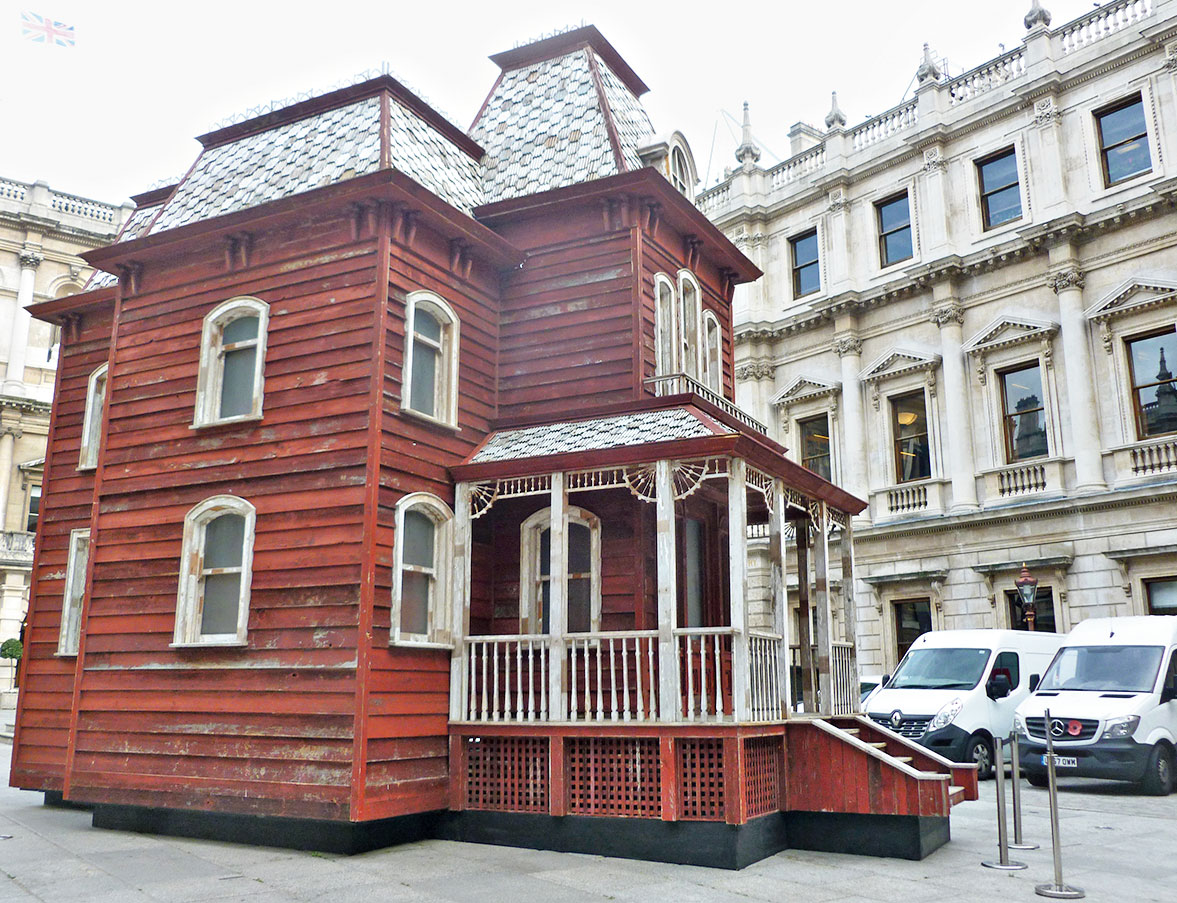
Hitchcock’s PsychoBarn in front of the Annenberg Courtyard. (Amit Roy)
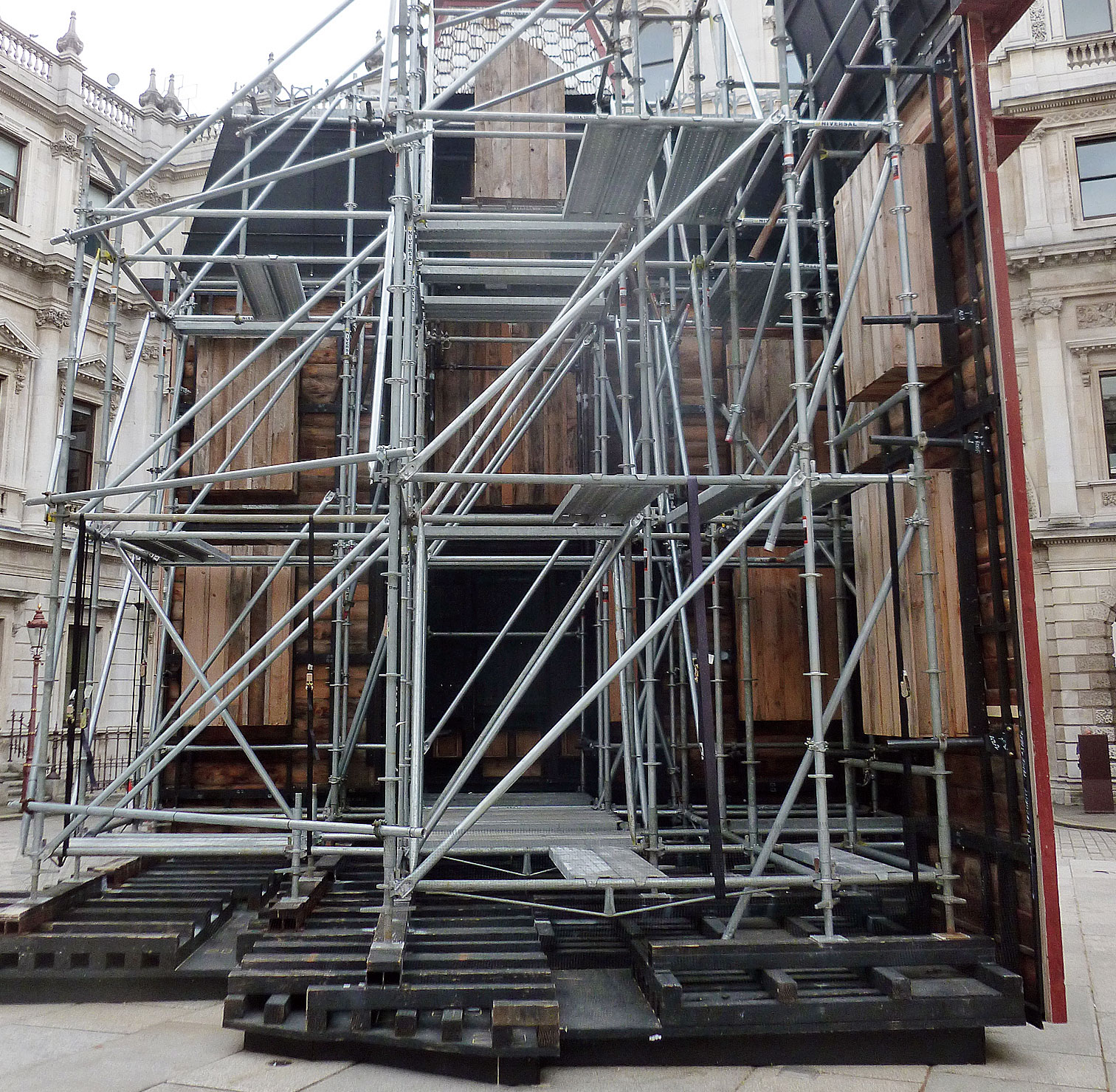
The scaffolding at the back of the PsychoBarn Agencies
Parker also visited the house in the Universal film studios in Hollywood where Psycho was shot. “It is not the original — it has been rebuilt many times so there is sense of impermanence about it.”
Devaney said: “When Cornelia was first given the commission by the Met she was very interested in the recreation of the American barn. Its design roots are in Europe but it is considered to be associated with wholesomeness in America.
“So whenever you get politicians in their constituencies in America they always want to be in front of a barn because it is what is good about America. It celebrates the land and the landscape. Cornelia realised she could not take a whole barn and put it on the top of the Met so she did something much more complex.
“She used the elements of the barn so it is deconstructed — the barn has made the house and the house is modelled on the Psycho House which takes its inspiration from the Edward Hopper picture. So there are loads of different references and layers — it is very typical of Cornelia. It is very thoughtful and very thought provoking.
“And it is a façade, it’s not a real house, it’s façade like Hitchcock had. You can’t go into it. The scaffolding that props it up at the back is obvious. It’s up until spring next year.
“And the title Transitional Object is a term from developmental psychology in reference to a child, often an object that gives comfort - like a comfort blanket. It also replaces the mother figure.”
So as not to spoil it for those who haven’t seen Psycho yet, let’s say the “mother figure” for Norman Bates in the film is not entirely conventional.

